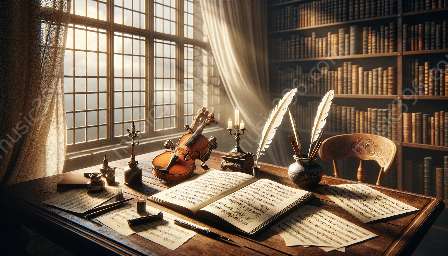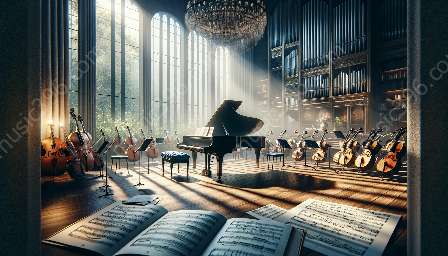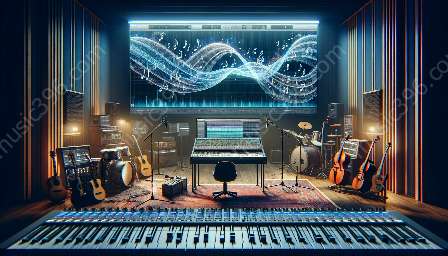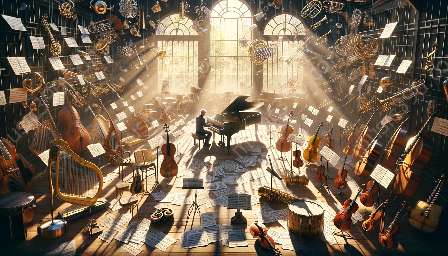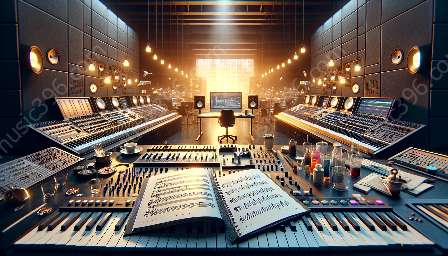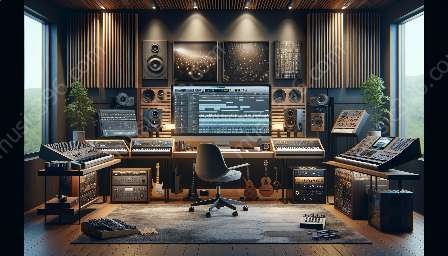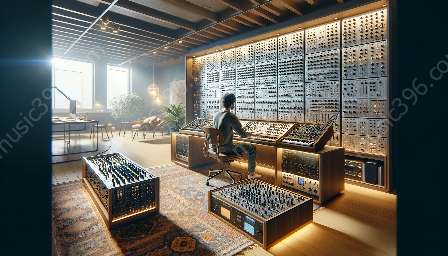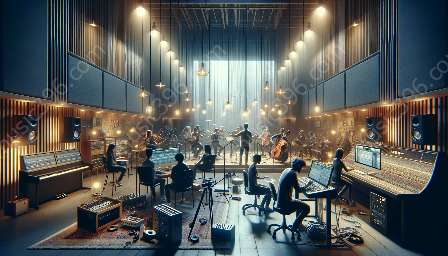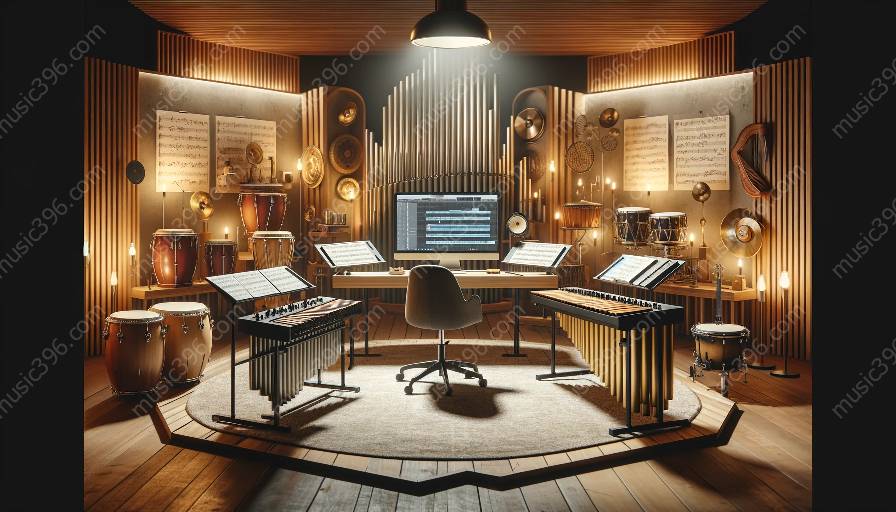When it comes to percussion music composition, the role of tempo and rhythm cannot be overstated. Understanding how these elements influence the overall composition is essential for creating engaging and dynamic percussion music.
The Significance of Tempo in Percussion Music Composition
Tempo, the speed at which a piece of music is performed, is a crucial factor in percussion music composition. It sets the overall pace and energy of the composition, impacting the listener's emotional response and the overall feel of the music. In percussion music, tempo can range from slow and steady to fast and frenetic, adding depth and complexity to the composition.
The Art of Crafting Rhythms in Percussion Music
Rhythm, the pattern of beats and pauses within a musical piece, is another fundamental element in percussion music composition. Percussion instruments are inherently rhythmic in nature, making them particularly suited for exploring intricate rhythmic patterns and syncopated beats. Composers can use a wide array of rhythmic variations to create compelling and diverse percussion compositions, ranging from simple repetitive patterns to complex polyrhythms and syncopated grooves.
Exploring the Intersection of Tempo and Rhythm
Effectively combining tempo and rhythm is where the true artistry of percussion music composition comes into play. By carefully selecting the tempo and crafting rhythmic patterns, composers can evoke a wide range of emotions and moods in their compositions. Slow tempos with intricate rhythms can create a sense of contemplation and introspection, while fast tempos with driving rhythms can instill excitement and energy.
Techniques for Writing Music for Percussion
When writing music for percussion, composers can employ various techniques to harness the power of tempo and rhythm. Experimenting with tempo changes within the composition can add dynamic contrast and captivate the listener's attention. Additionally, utilizing diverse percussion instruments and their unique rhythmic qualities can result in rich, textured compositions.
Embracing Diverse Cultural Influences
Percussion music composition offers an opportunity to embrace diverse cultural traditions and influences. Different cultures have distinct rhythmic patterns and tempos that can be integrated into compositions, adding depth and authenticity to the music. Exploring world percussion instruments and rhythms can inspire innovative compositions that resonate with a global audience.
Blending Traditional and Contemporary Approaches
Contemporary percussion music composition often involves blending traditional rhythmic elements with modern musical styles. This fusion allows composers to create innovative and genre-defying compositions that push the boundaries of traditional percussion music. Experimenting with electronic percussion and digital effects can further expand the creative possibilities for composers.
The Impact of Tempo and Rhythm on Performance
Understanding the interplay between tempo, rhythm, and performance is crucial for composers and percussionists alike. A well-crafted composition with thoughtfully chosen tempos and rhythmic elements can elevate the overall performance, captivating audiences and allowing performers to showcase their technical prowess and musical expressiveness.
Conclusion
Ultimately, the role of tempo and rhythm in percussion music composition is multi-faceted and integral to creating compelling and impactful music. By embracing diverse rhythmic traditions, experimenting with tempo variations, and infusing innovation into their compositions, composers can unlock the full potential of percussion music.

